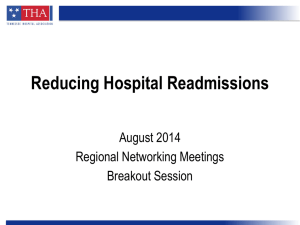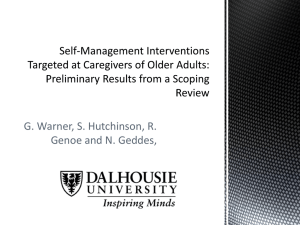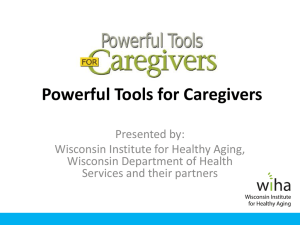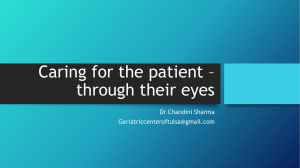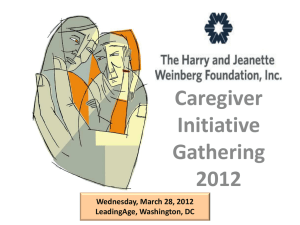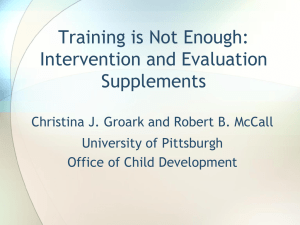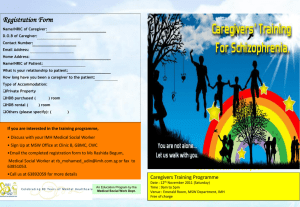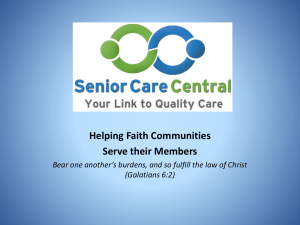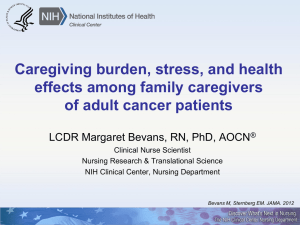support group for caregivers of older adults affected by dementia
advertisement
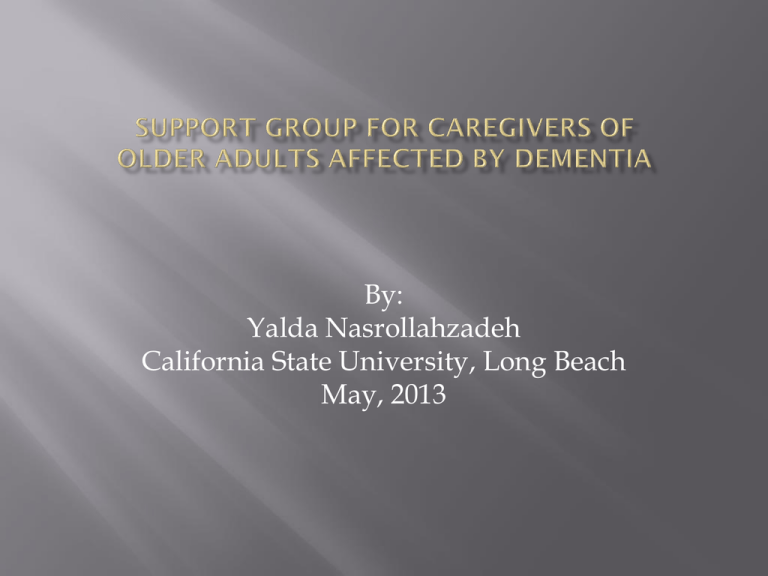
By: Yalda Nasrollahzadeh California State University, Long Beach May, 2013 Alzheimer’s disease (AD) is the most common cause of dementia, and it is the sixth leading cause of death in the country. The number of people who are diagnosed with dementia worldwide is now estimated at 35.6 million and will more than triple to 115.4 million by 2050 (World Health Organization , 2012). People with dementia account for the majority of healthcare users and are at a higher risk to be hospitalized (California Council, 2009). Nearly 66 million Americans provide informal care to individuals who are unable to take care of themselves (National Alliance for Caregiving, 2009). Caregivers of patients with dementia are more vulnerable to stress and other mental and physical health problems compared to other types of caregivers. Programs for caregivers are limited, which is a key issue according to a 2012 World Health Organization report titled Dementia: A Public Health Priority (WHO, 2012). Goal: The goal of this program is to develop and implement a support group for caregivers at the Silverado Senior Living Center in Calabasas. Caregivers face the brunt of this increasing burden and often experience mental and physical deterioration. This directly leads to a poor quality of life as caregivers face increased risk in depression and other illnesses. The key phrase when working with caregivers is to enhance human well-being. Caregivers need an outlet to express their emotions and issues in a supporting environment. Social workers are the catalysts for caregivers to reflect and take action towards improving their quality of life. The target population for this grant proposal was homogenous, however, the need for cultural awareness is very clear. What works for one culture may not work for another. Culture adds to the complexity of finding the best solution for helping caregivers Target population: The program’s target audience will be formal and informal adult caregivers within the network of the host agency. The network includes the geographic areas of the Conejo Valley and San Fernando Valley, California. Strategies used to identify and select a funding source: In an effort to identify a funding source and grant application the grant writer used a holistic approach that included the following five steps: Step 1 – identify criteria; Step 2 – gather data; Step 3 – filter data; Step 4 – apply scores and weights for each criterion and funding source (three perspectives); Step 5 – select funding source with rational. Identify the funding source selected: To identify the funding program probability of success, alignment of goals, funding amounts and sustainability of source were considered and Sources used for the needs assessment: To assess the needs of a support group for caregivers, a thorough analysis of research and interviews were conducted to determine the priority level of such a group. Consultation with staff members and formal and informal caregivers of people with dementia assisted in identifying the need for caregiver support groups at the Silverado Senior Living. Additional information regarding dementia, dementia caregiver education, and caregiver self-care was gathered from the Alzheimer’s Association, literature such as journals, and the World Wide Web. Projected budget range and categories: The budget for year one will be approximately $50,000. A total of $34,000 of it will be for the program development and planning and $16,000 for the operating activities once the program starts. Program Summary and Description: There are four overarching objectives in the dual support program. Each objective will produce a specific outcome, which in turn will contribute to the ultimate goal of improving the quality of life for caregivers. The first objective is to facilitate forums for caregivers to share information. The outcome is a stable and reliable program that meets the demand of caregivers. The second objective is to increase awareness of the importance of caregivers. The outcome is to have an awareness level throughout the community that aligns with the importance of caregiving. The third objective is to provide skills on how to effectively manage the caregiver-patient relationship. The outcome is for each caregiver in the program to have the skill set necessarily to be an effective caregiver for his or her patient. The fourth and last objective is to provide information and resources for managing the caregiver’s health. The outcome is for each caregiver to have a complete understanding of the stress points in caregiving and how to successfully manage his or her own physical and mental well-being. The link between objectives and outcomes will be tied through meticulous planning and evaluation. Population Served: The program’s target audience will be formal and informal adult caregivers within the network of the host agency. The network includes the geographic areas of the Conejo Valley and San Fernando Valley, California. Cities within these areas include Calabasas, Malibu, Westlake Village, Thousand Oaks, Agoura Hills, Woodland Hills, Tarzana, and Encino. Sustainability: These programs will have a major impact in the development of caregiver support groups at Silverado but also to serve as a model example for future research adopted by the Alzheimer’s Association. 1. 2. 3. 4. Program Objectives: There are four objectives in the dual support program. Each objective will produce a specific outcome, which in turn will contribute to the ultimate goal of improving the quality of life for caregivers. The first objective is to facilitate forums for caregivers to share information. The second objective is to increase awareness of the importance of caregivers. The third objective is to provide skills on how to effectively manage the caregiver-patient relationship. The fourth and last objective is to provide information and resources for managing the caregiver’s health. Program Evaluation: The staff dedicated to the dual support program will meet once a month to discuss the progression of each objective and overall health of the program. If improvements are needed, then an action plan will be developed to make sure objectives are on track. On a quarterly basis, the dedicated staff will report the progress of the program to upper management. These quarterly meetings will also allow staff to escalate unresolved questions/issues. There are many funding sources available, so knowing what to look for in a source takes time and experience. This approach has a universal application and will serve as a beneficial tool for future projects. Research was the most time consuming yet most educational. Knowledge of dementia and caregiving was limited prior to starting the grant writer’s thesis, but after reading numerous articles and analyzing the different therapies, the grant writer’s understanding of the research landscape become clearer. The literature review allowed the grant writer’s proposal and funding source selection to be more accurate. California Council (2009). Alzheimer’s disease facts and figures in California: Current status and future projections. Retrieved from http://www.caalz.org/PDF_files /CADataReport-3-9.pdf National Alliance for Caregiving. (2009). Caregiving in the U.S.: Executive summary. Retrieved from http://www.caregiving.org/data/CaregivingUSAllAgesExecSum.pdf World Health Organization. (2012). Dementia cases set to triple by 2050 but still largely ignored. Retrieved from http://www.who.int/mediacentre/news/releases/2012/ dementia_20120411/en/index.html

